Dai Tue Pagoda is located on the top of Dai Hue mountain, 500m high, with an artificial lake, a system of calligraphy parallel sentences, and ruby and mulberry wood statues recognized as Vietnamese records.

Dai Tue Pagoda is 6,000 square meters wide, located on the top of Thang Thien Cave, in Dai Hue mountain range, Nam Anh commune, Nam Dan district, at an altitude of 500 meters above sea level, and is a famous scenic spot of Nghe An.
According to legend, the pagoda dates back to the time when King Mai Hac De fought against the Tang army (627 AD). In the 15th century, the structure was rebuilt by King Ho Quy Ly to worship Buddha Dai Tue, who helped the Ho Dynasty build Dai Hue citadel as a base to fight against the Ming invaders.
In 1789, on his way to the North to defeat the Qing army, King Quang Trung stopped in Nghe An, recruited soldiers and organized training in front of the temple yard. The monk advised the king on military strategies, both avoiding the enemy's eyes and shortening the route to Thang Long. After ascending the throne, the king issued an edict to cut 20 hectares of rice fields and give them to Dai Tue Pagoda so that the villagers could take care of incense and worship all year round.
Over the course of time, Dai Tue Pagoda only has 3 mossy walls and a thatched roof left. In 2011, the project was rebuilt with 4 parts including Trinh, Ha, Trung and Thuong pagodas.

The works were completed after 4 years of construction. The entrance to the pagoda is a three-door gate with 3 tiled roofs and stylized patterns. Buddhists and visitors standing from the gate can observe the entire architectural items behind.

In front of the main gate and some locations in the temple yard are placed Arhat statues made of monolithic stone, over 2 meters high. Below the statues are engraved verses advising people to live a good life.

The items at the pagoda include the main hall, the ancestral hall, the Five Emperors' shrine, the memorial hall, the monk dormitory... each project has an area of 250-1,200 m2.

The outstanding architectural work at the pagoda is the 9-storey Dai Tue stupa, 32m high, worshiping Buddha and national heroes.
On the way up to the tower, there is a stone tomb. Legend has it that when Emperor Canh Thinh (King Quang Toan, son of Quang Trung) was being chased by the Nguyen army, he fled to Dai Hue mountain, shaved his head and became a monk at Dai Tue pagoda. When he died, Canh Thinh was buried by the people and his tomb was built here.






From the pagoda, visitors can "hunt clouds", admire the winding roads around Dai Hue mountain range and the countryside scenery in Nam Dan district.

Under Dai Hue mountain, there are many gardens of egg roses and rose apples, which are in harvest season. When coming to Dai Tue pagoda for pilgrimage and sightseeing, visitors often stop by to check-in and take souvenir photos under the ancient rose bushes.
Duc Hung
source

![[UPDATE] April 30th parade rehearsal on Le Duan street in front of Independence Palace](https://vstatic.vietnam.vn/vietnam/resource/IMAGE/2025/4/18/8f2604c6bc5648d4b918bd6867d08396)
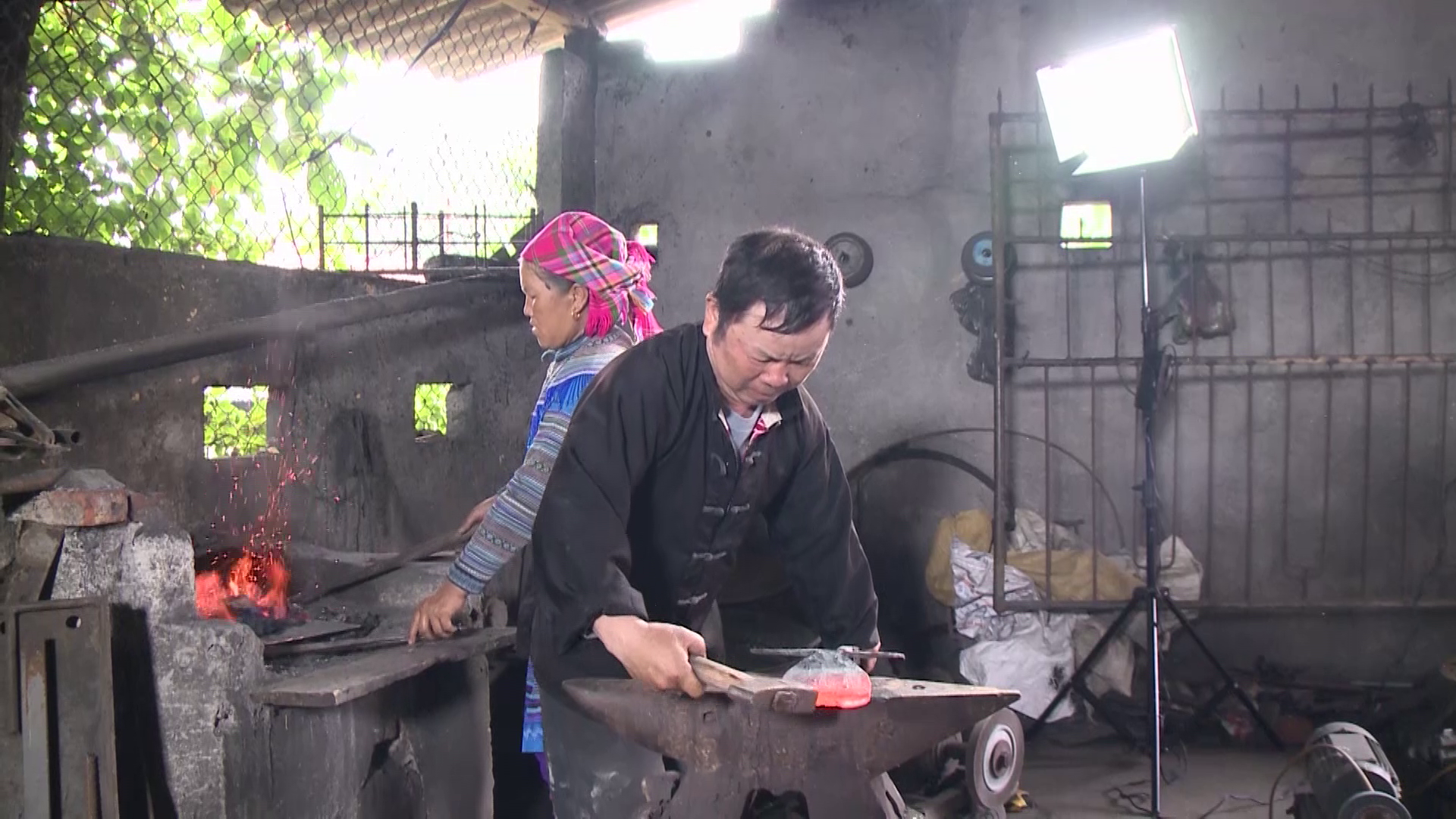

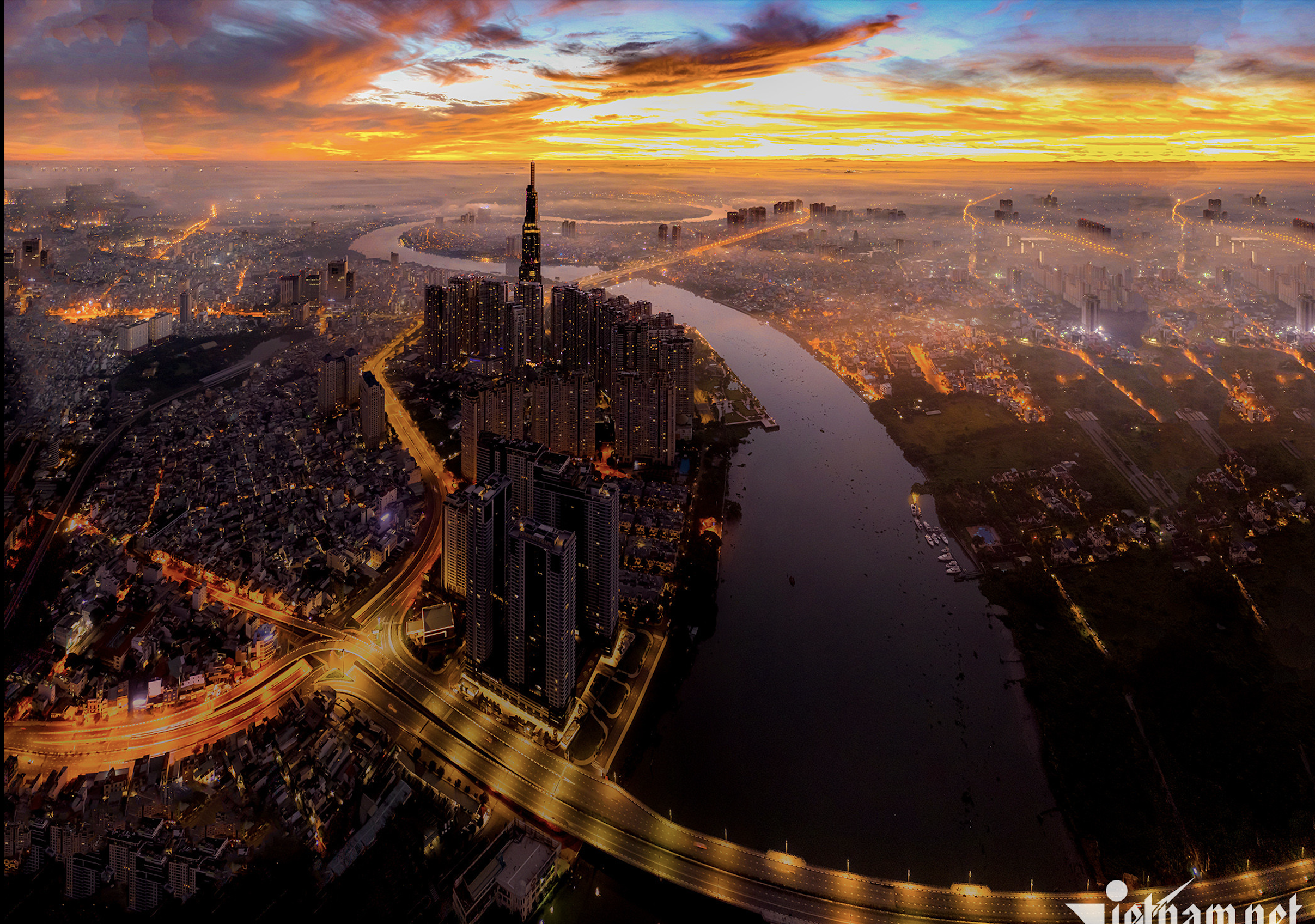
![[Photo] Prime Minister Pham Minh Chinh receives Mr. Jefferey Perlman, CEO of Warburg Pincus Group (USA)](https://vstatic.vietnam.vn/vietnam/resource/IMAGE/2025/4/18/c37781eeb50342f09d8fe6841db2426c)
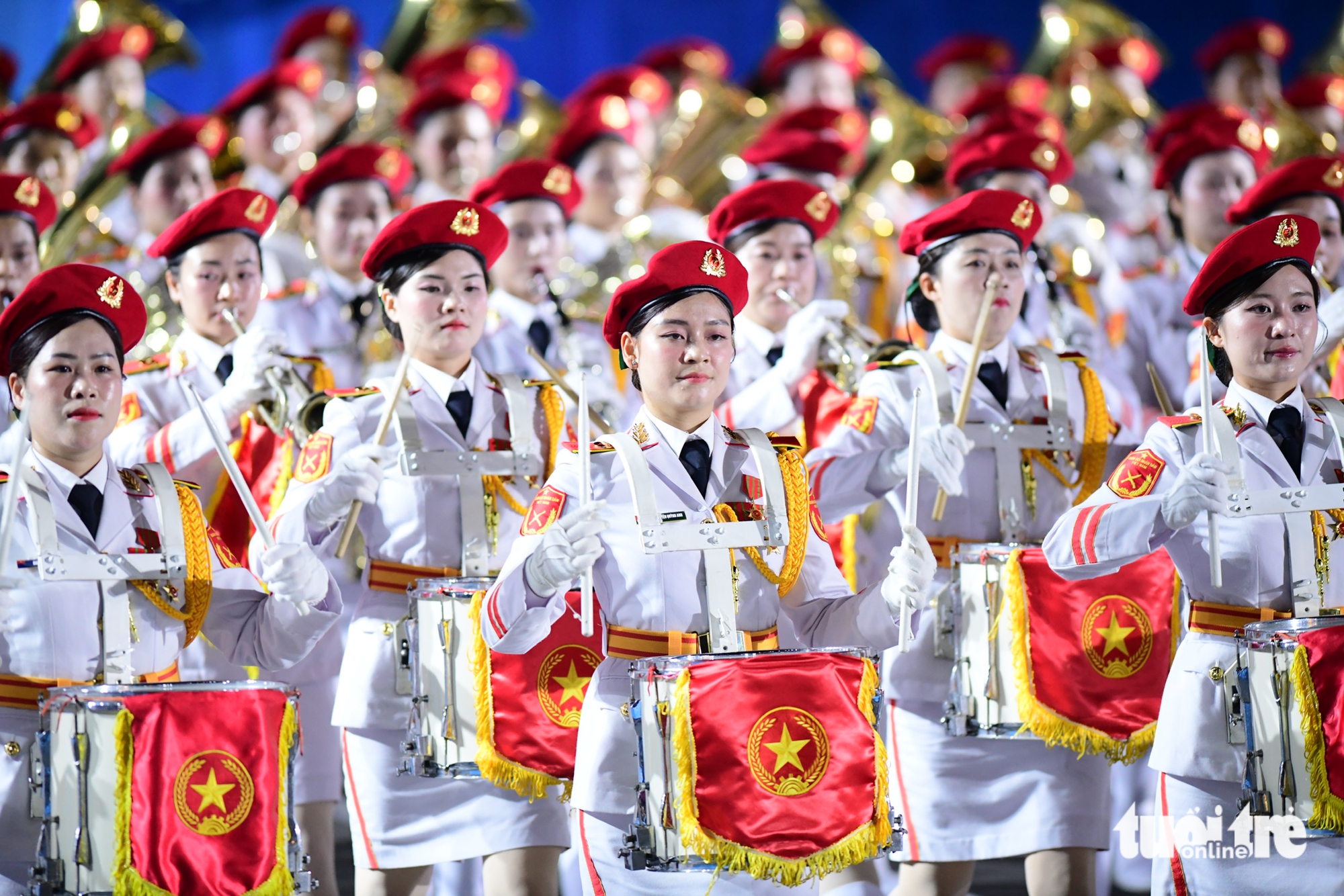
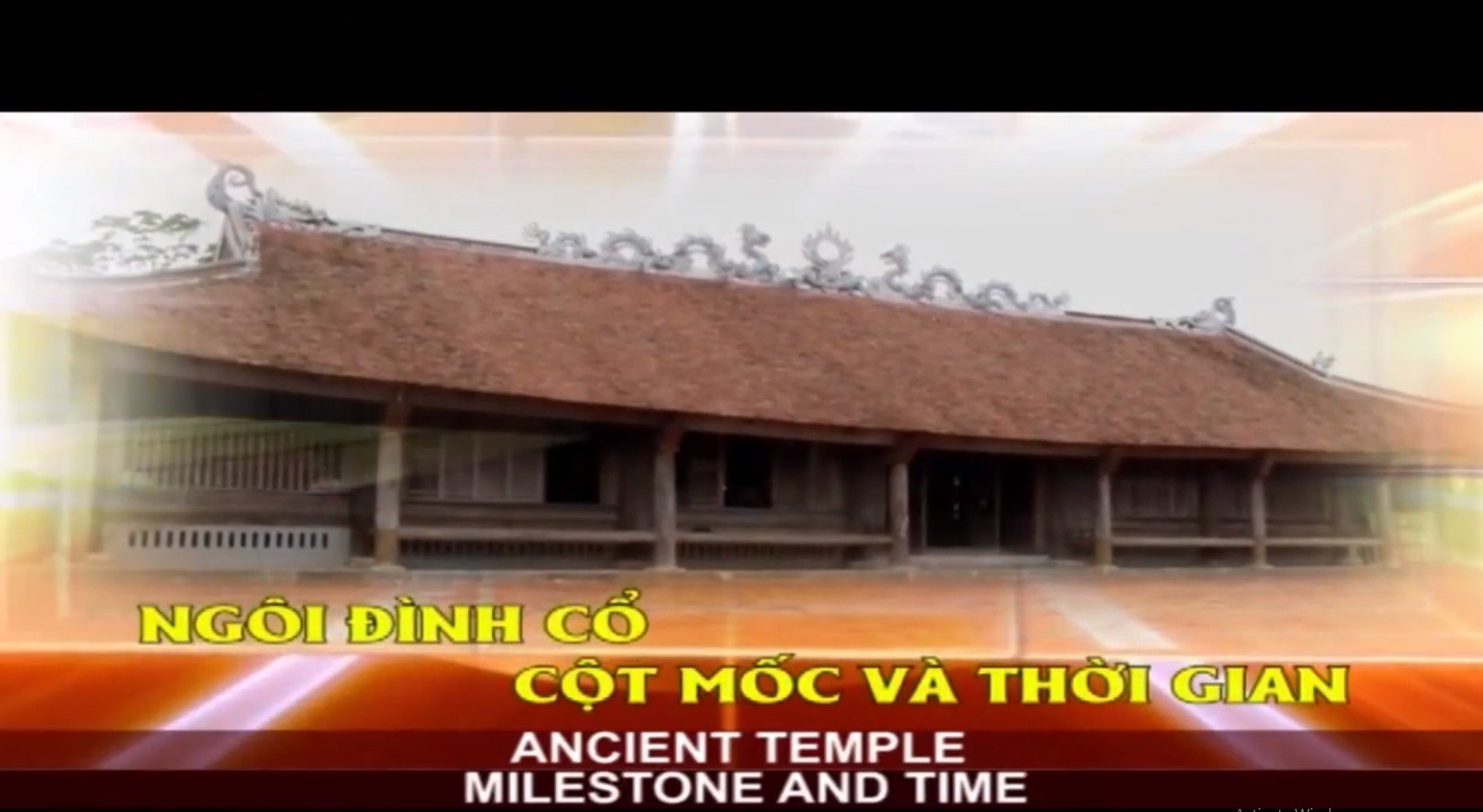
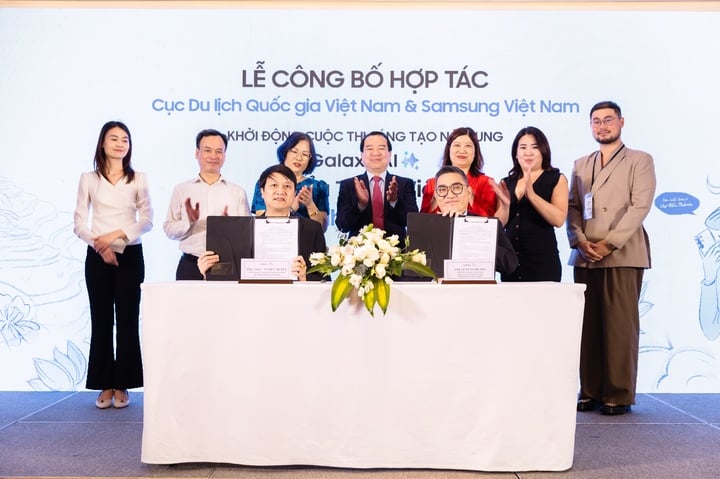

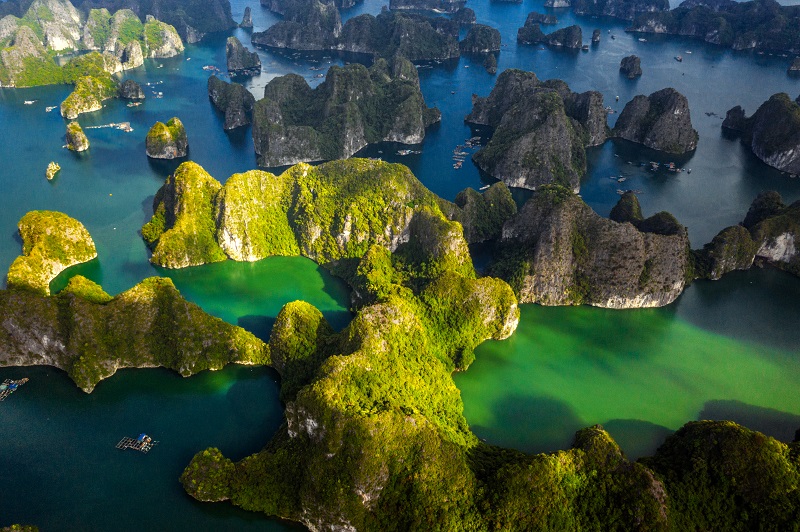
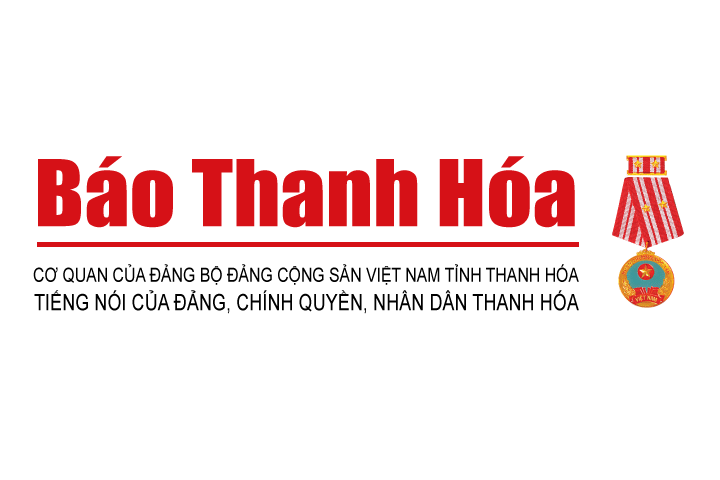
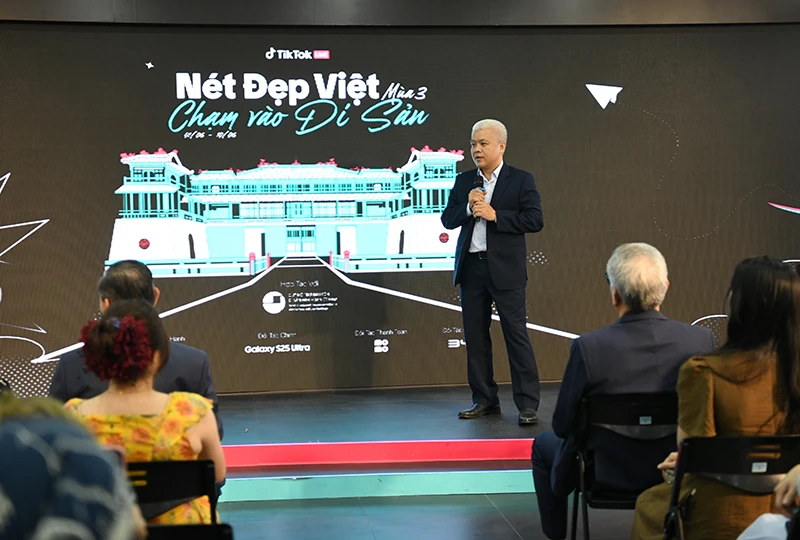

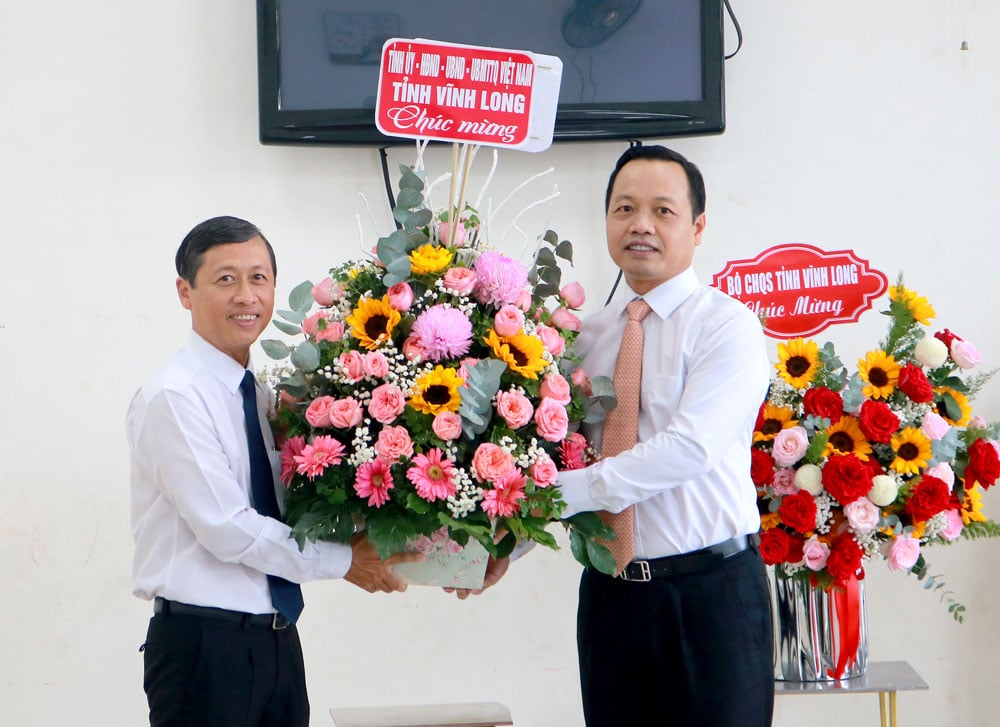

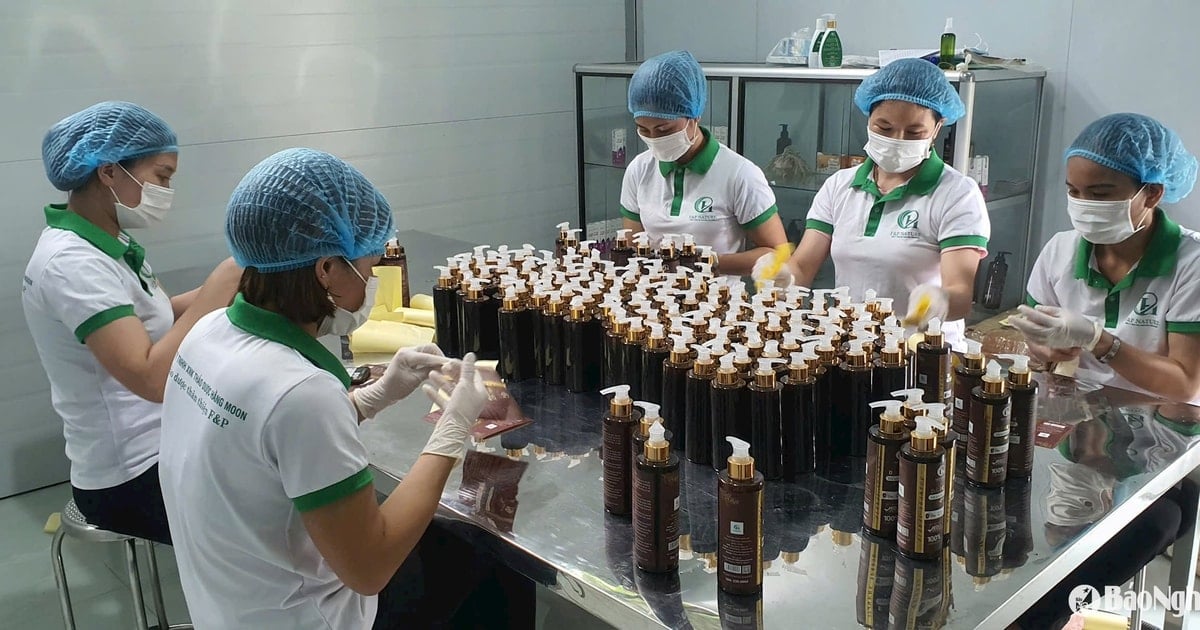
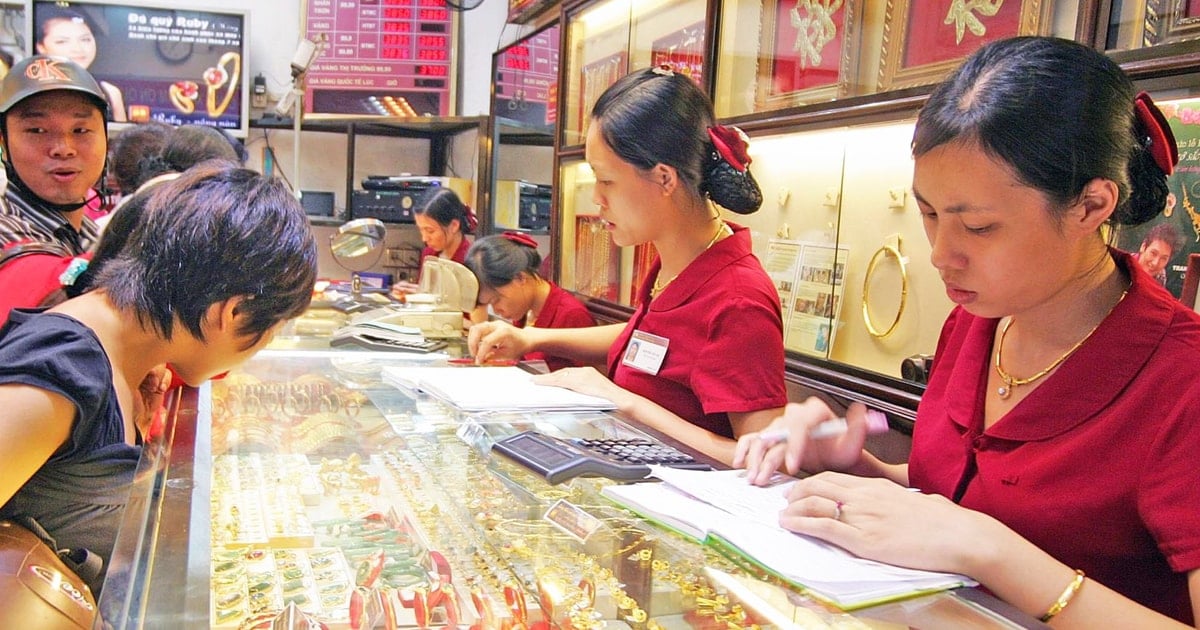
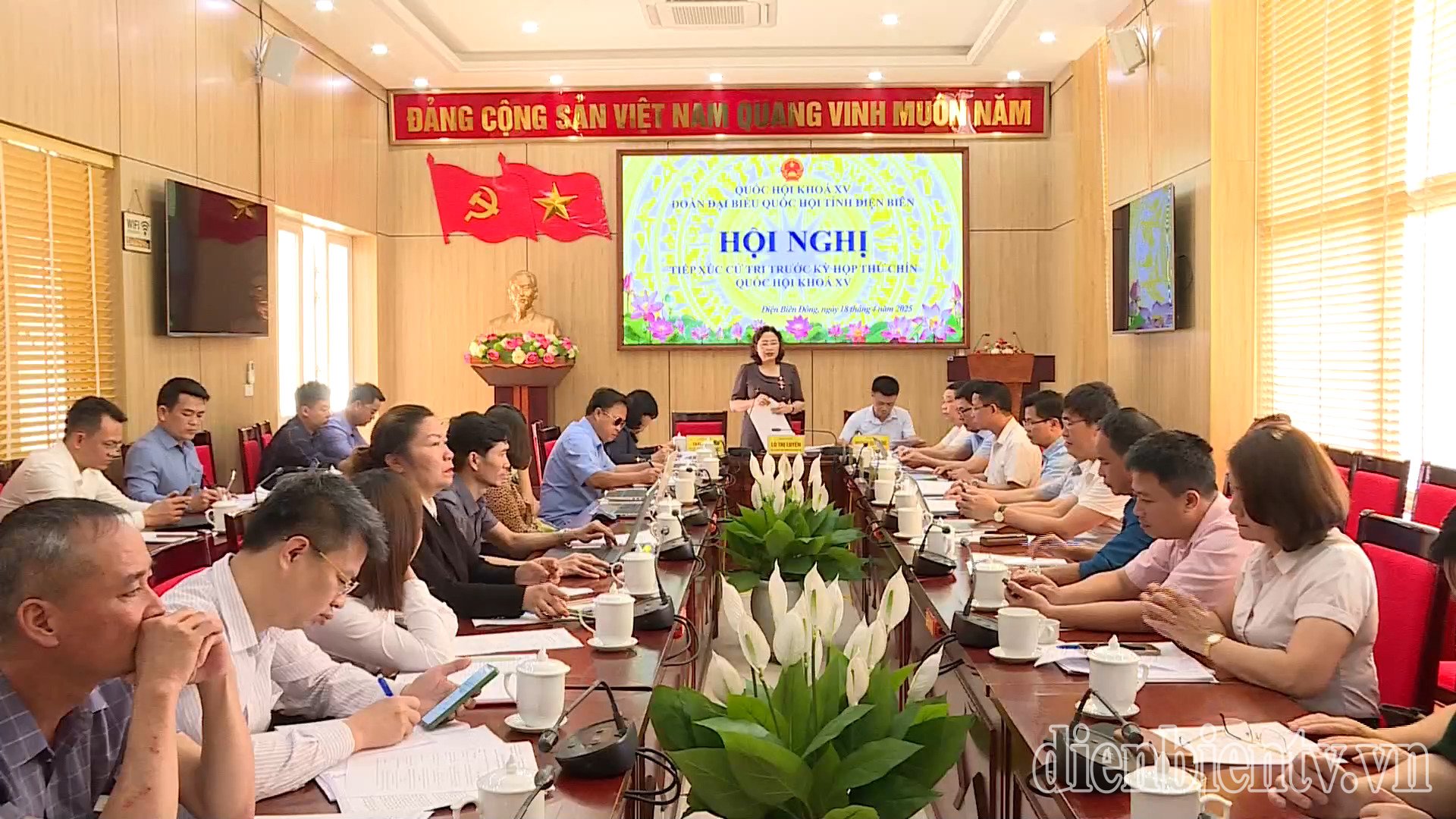
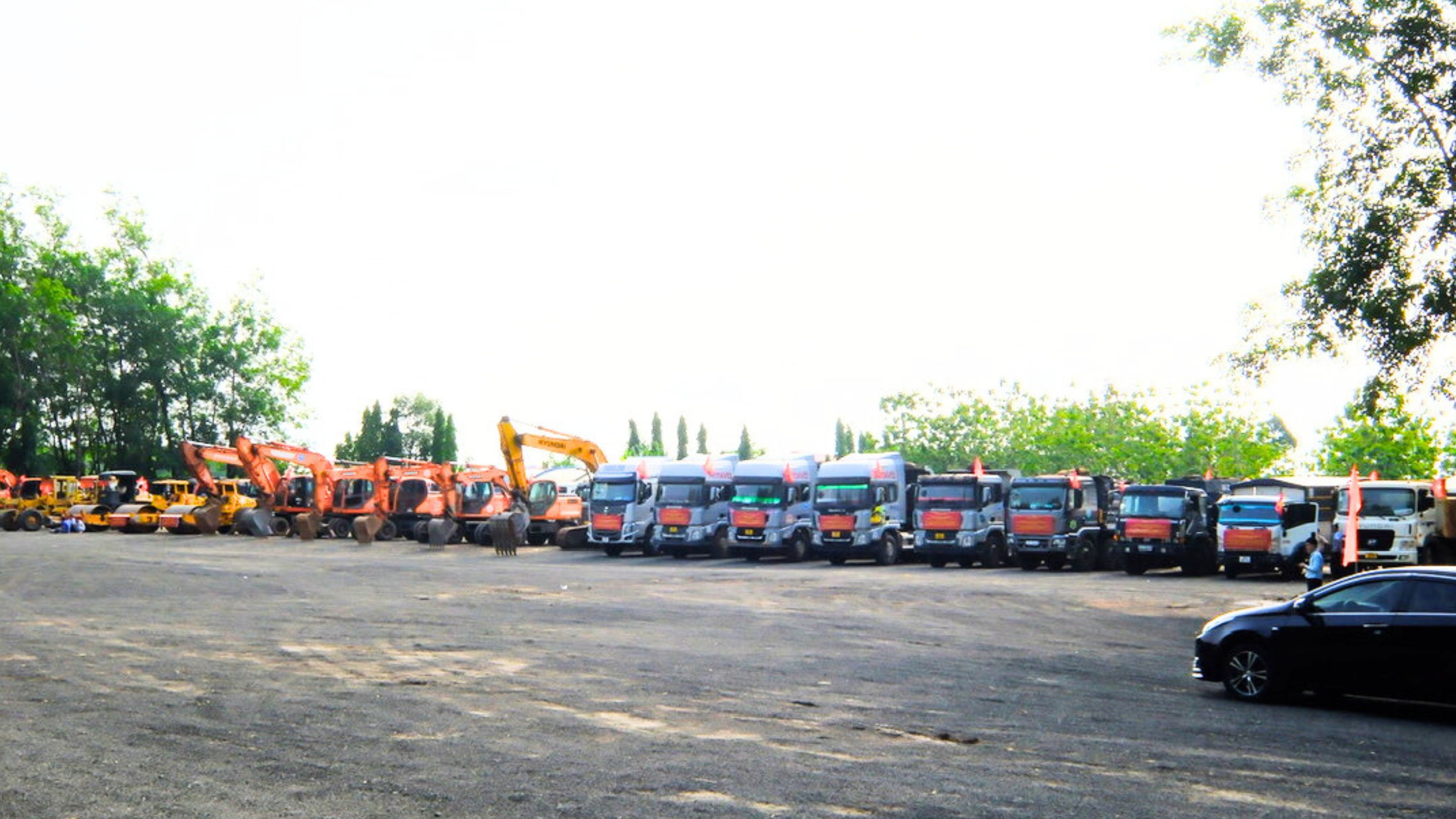

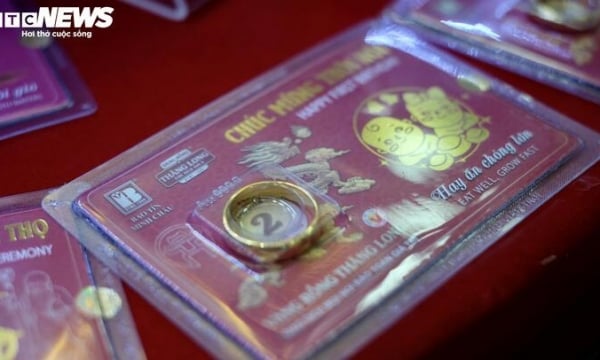



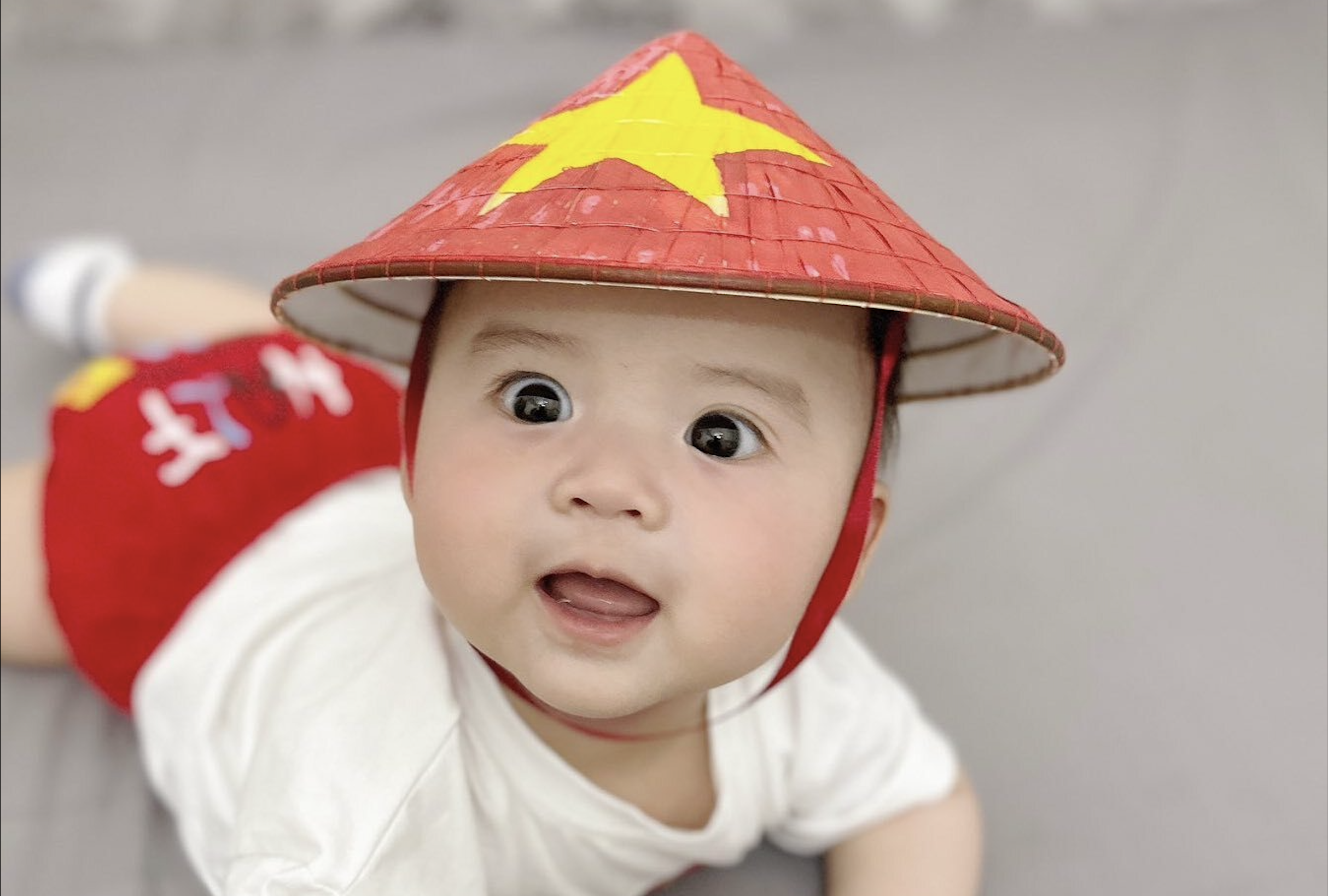

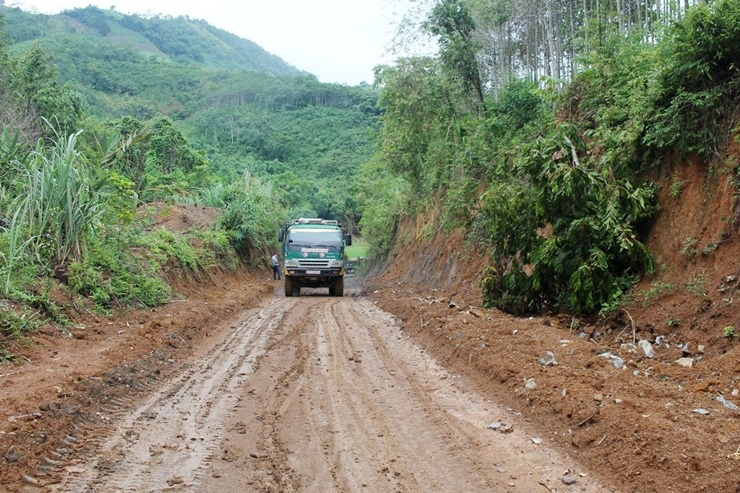

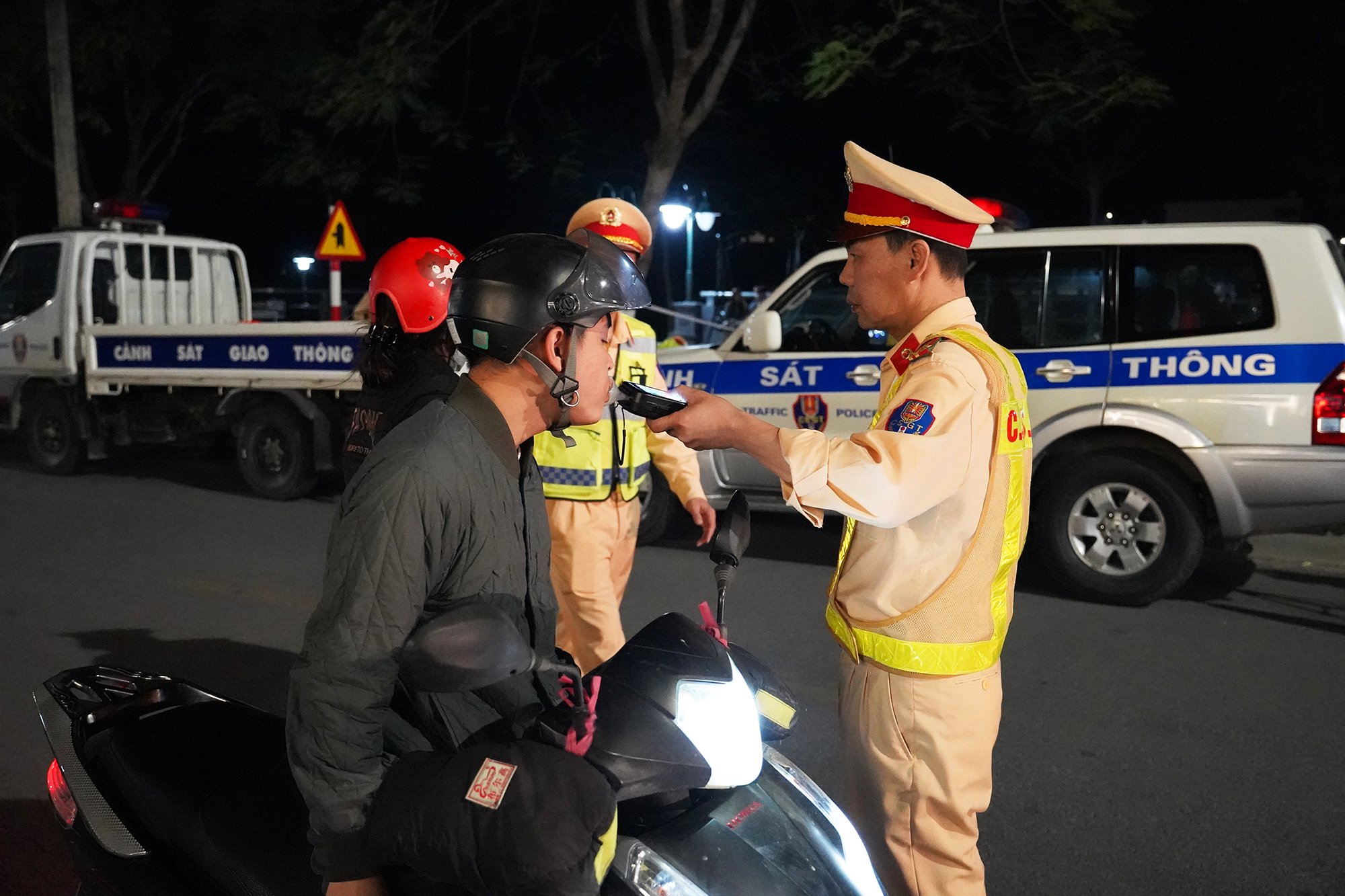
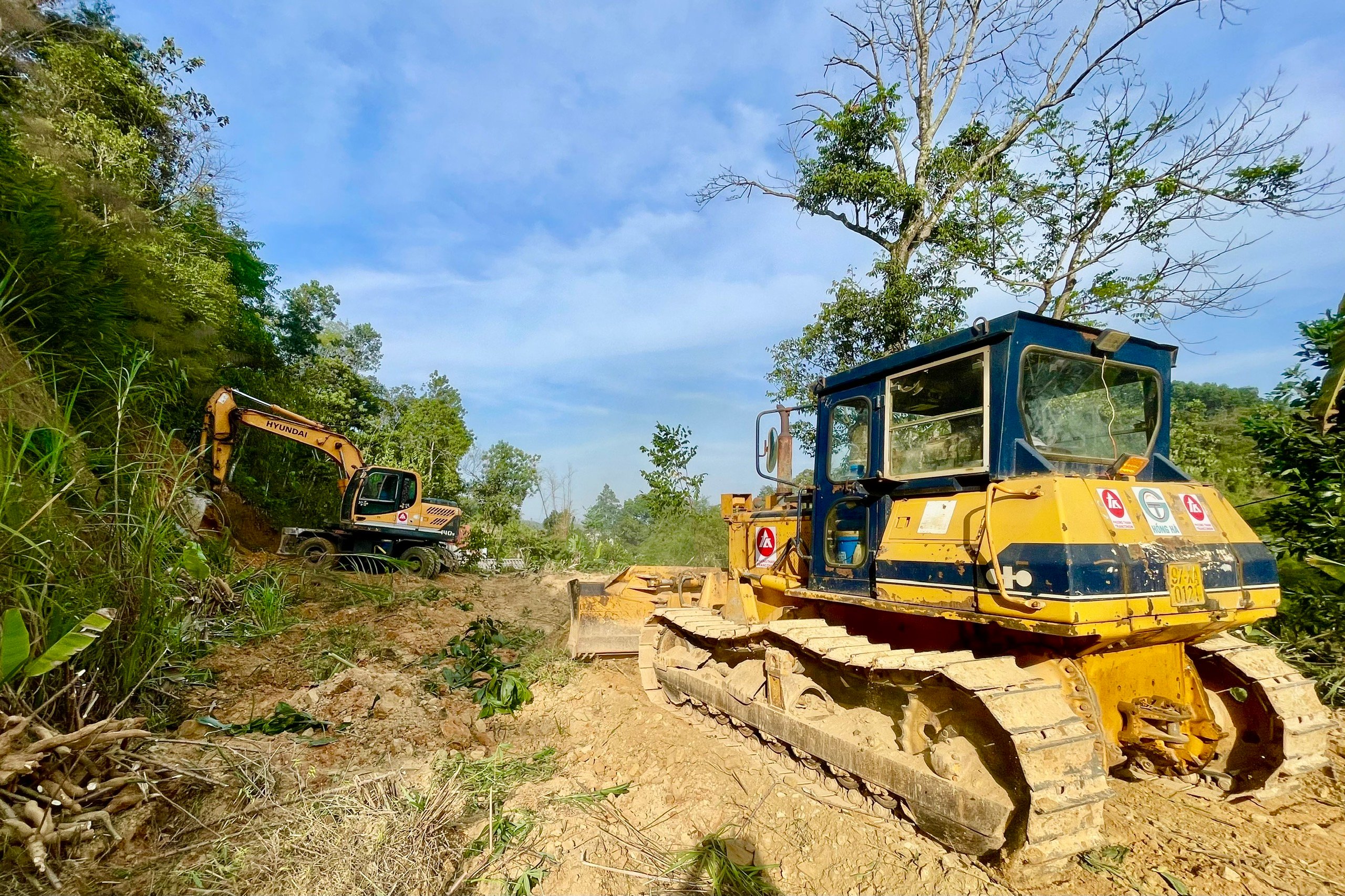
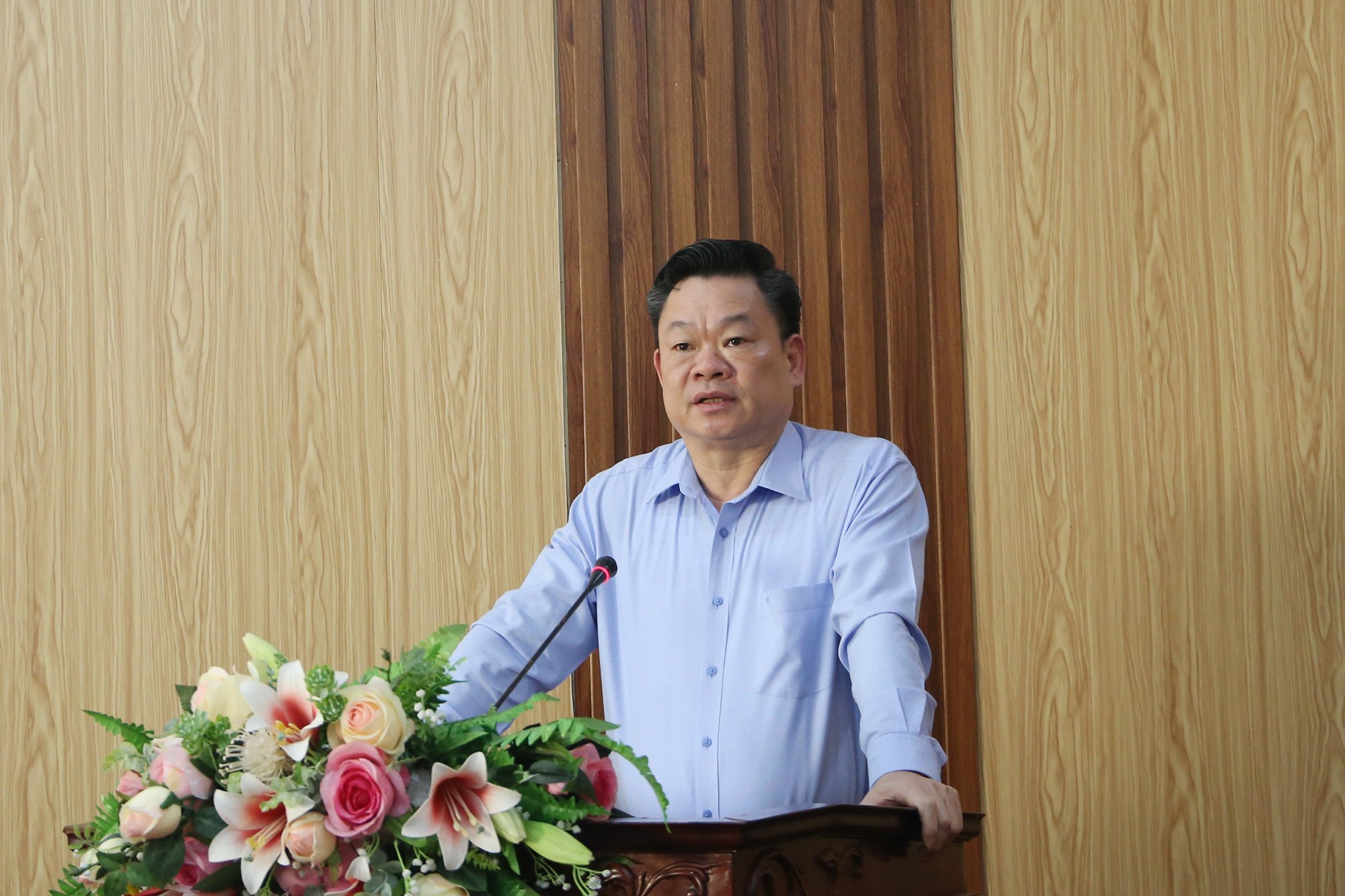


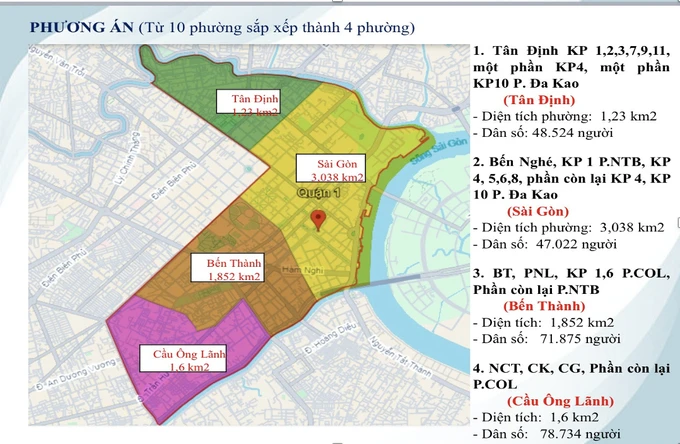

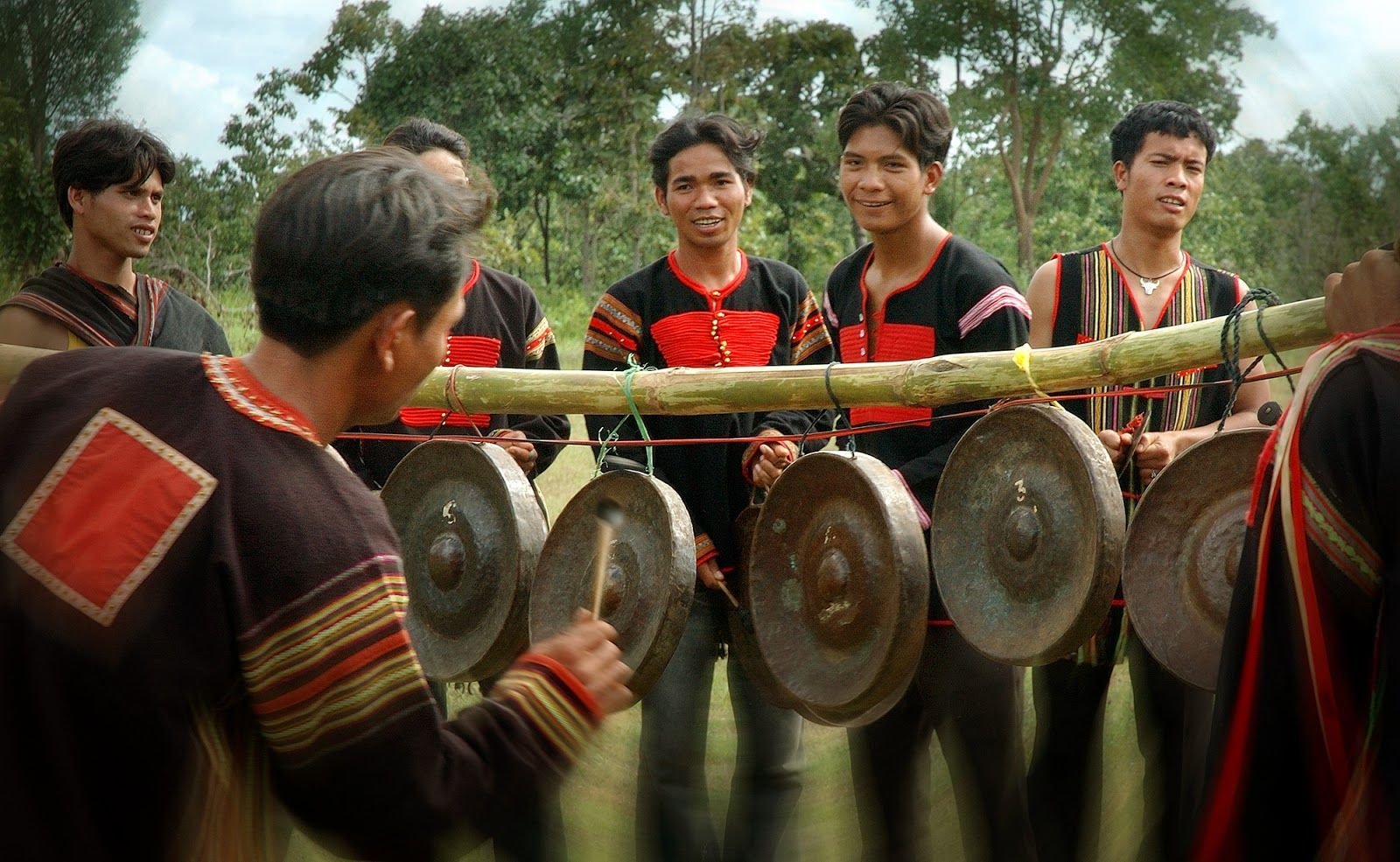
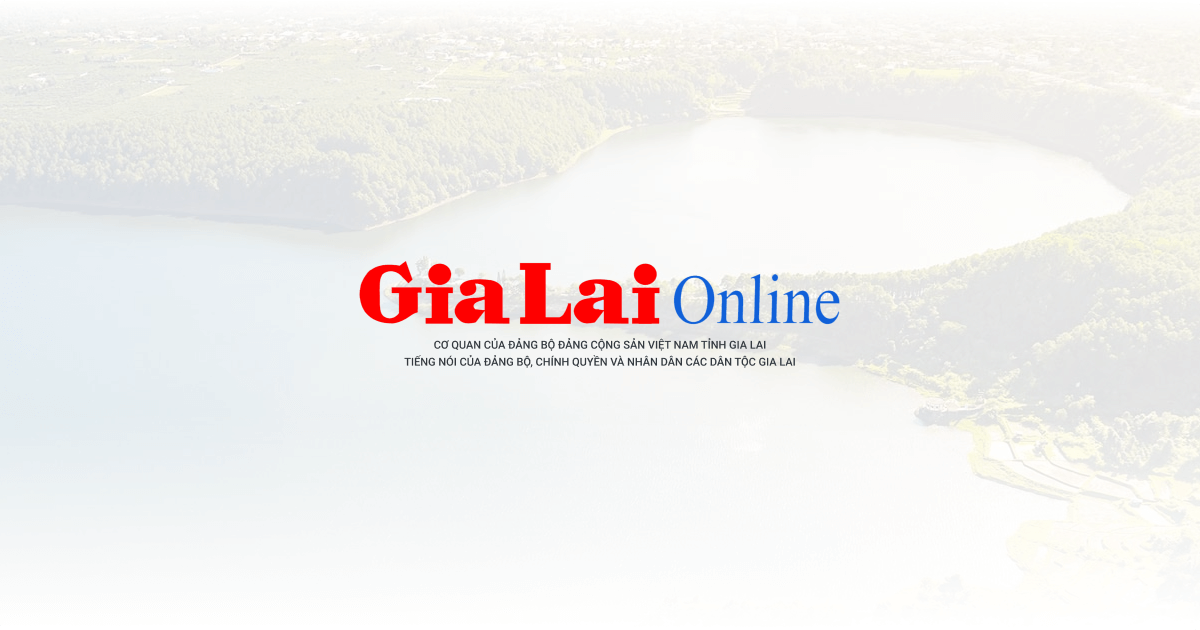
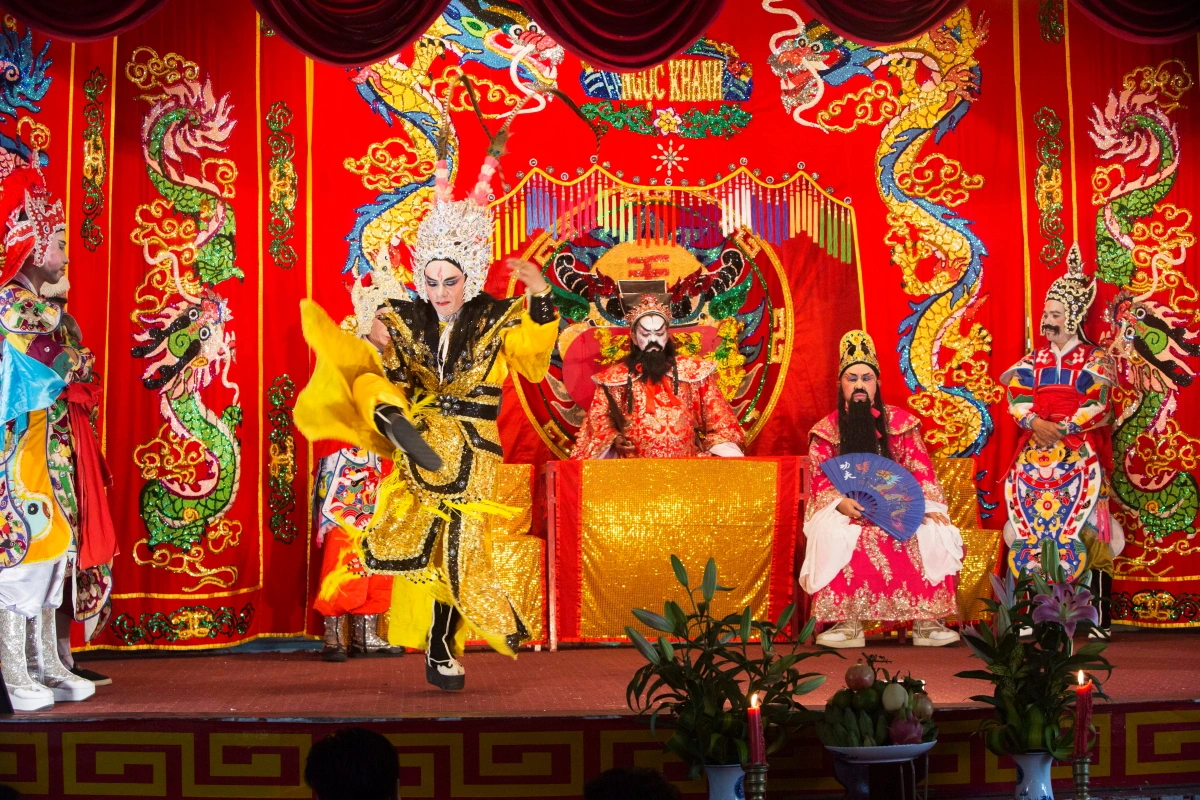

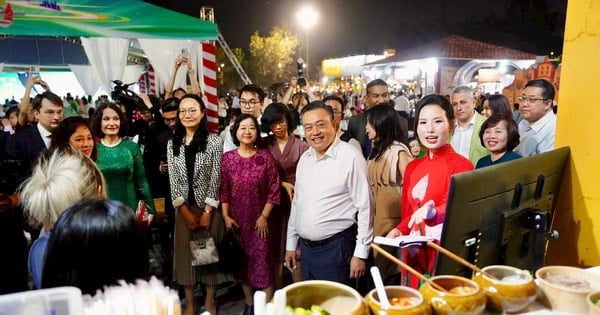
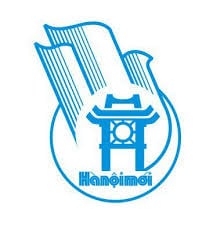
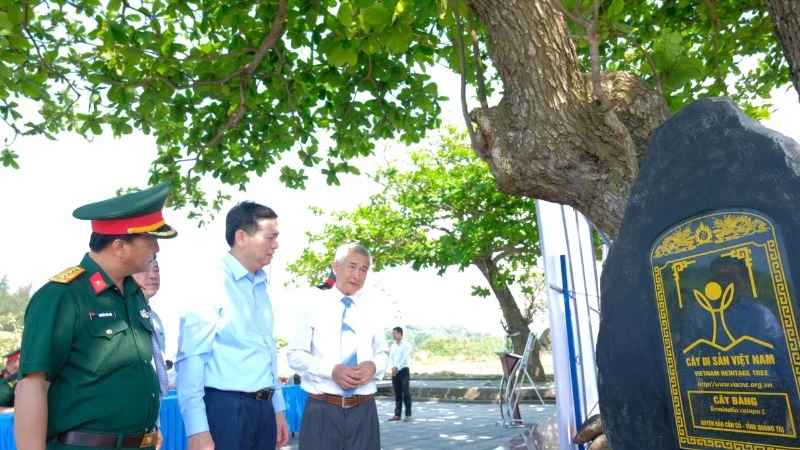






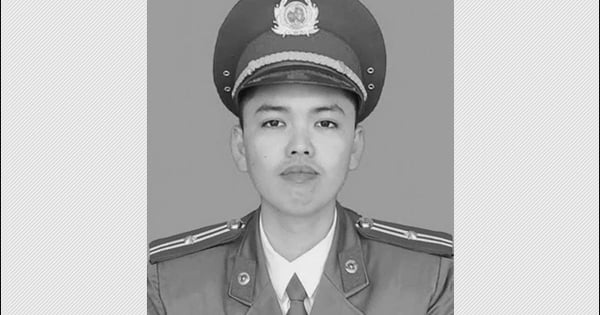



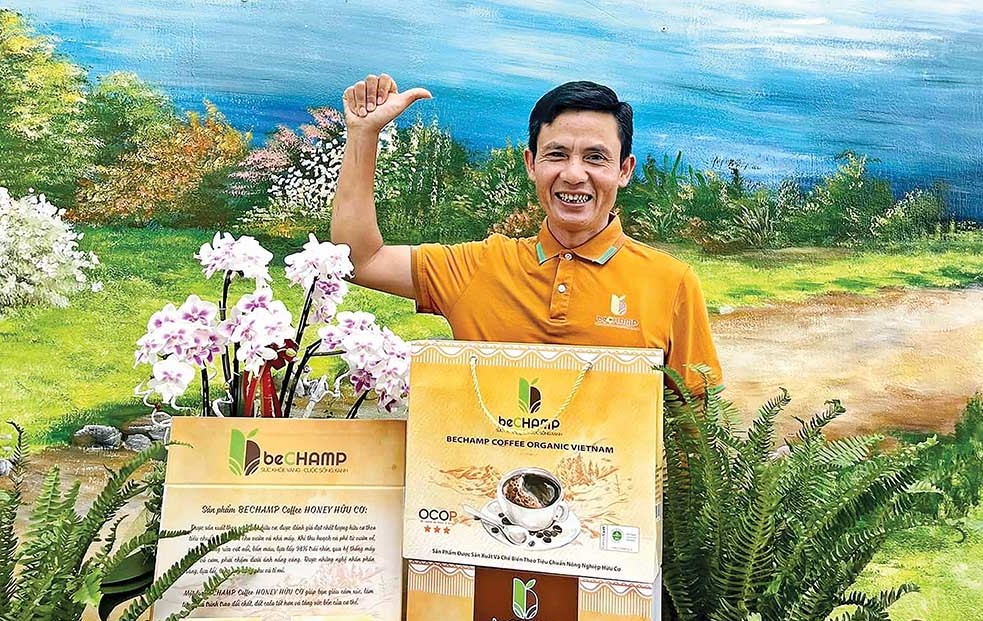



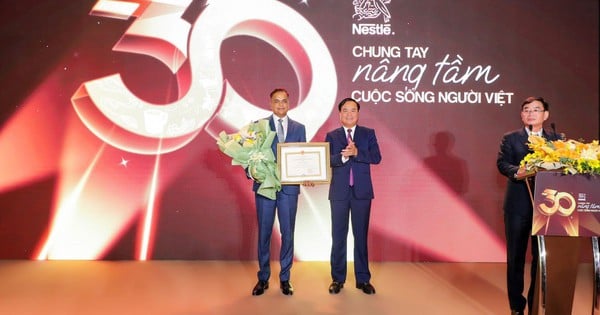


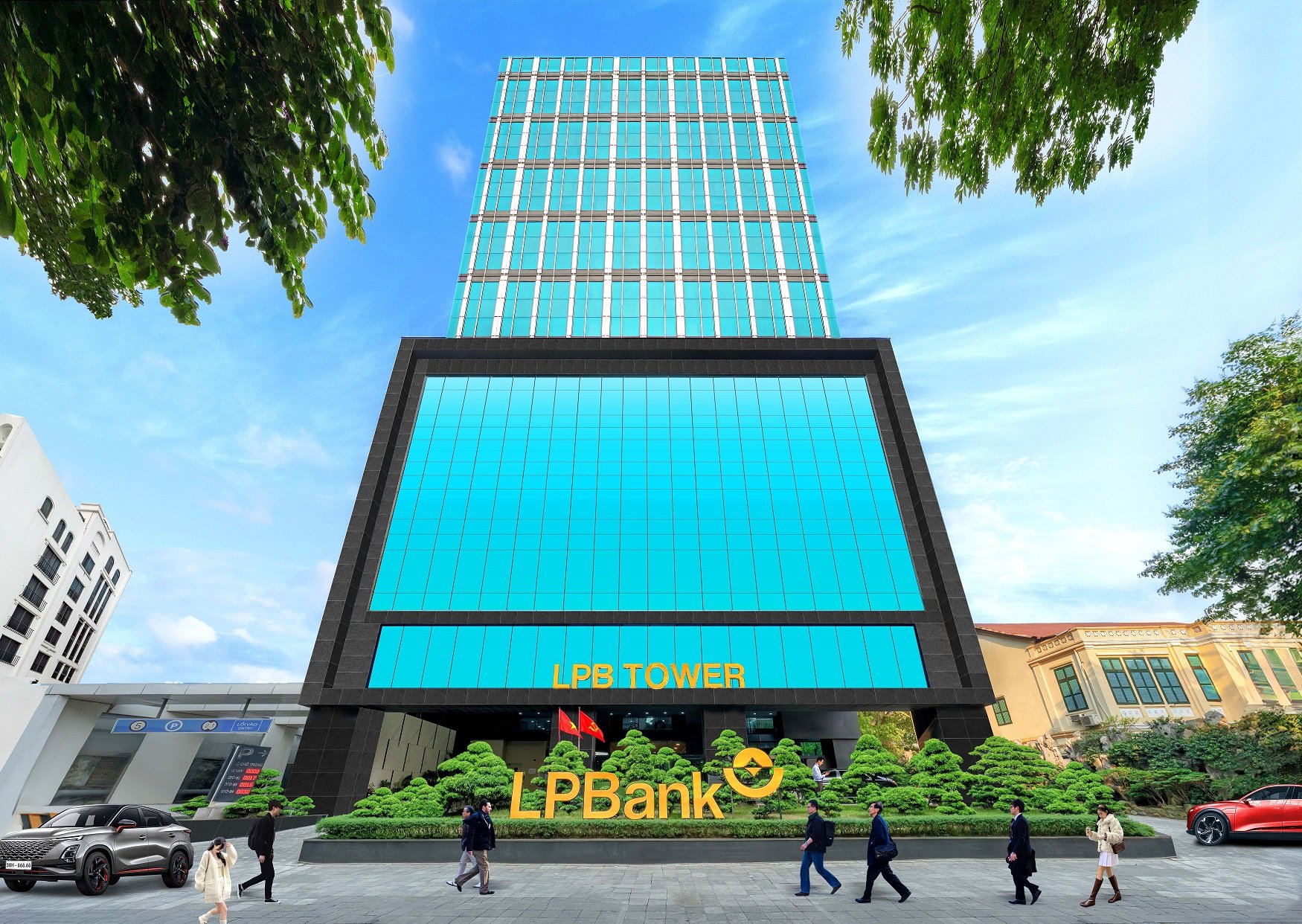

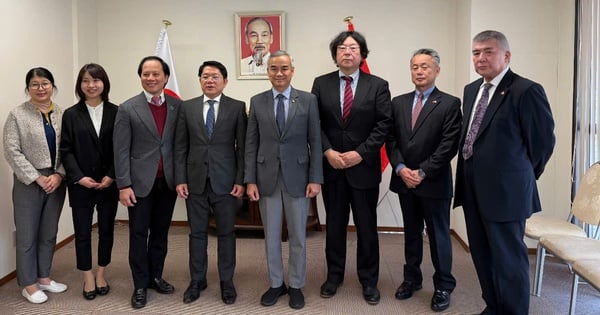

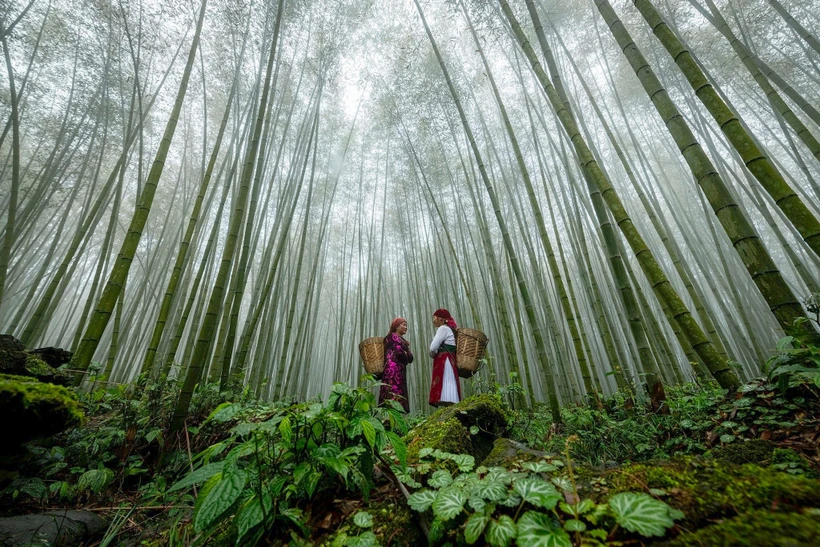

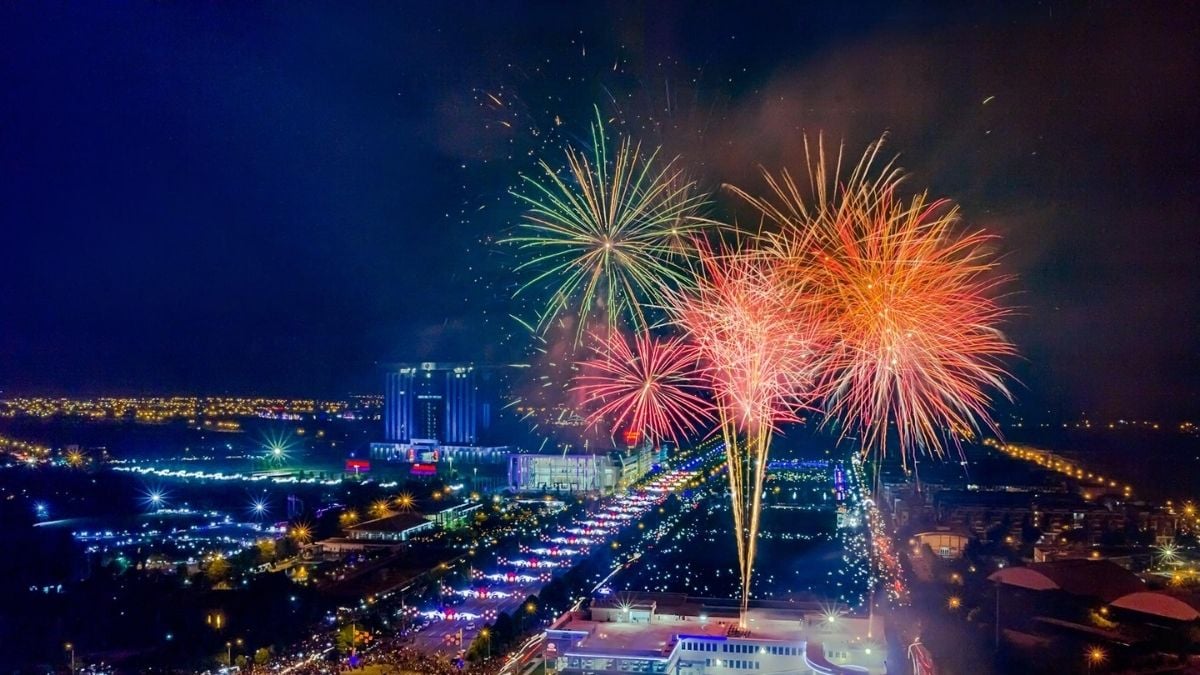
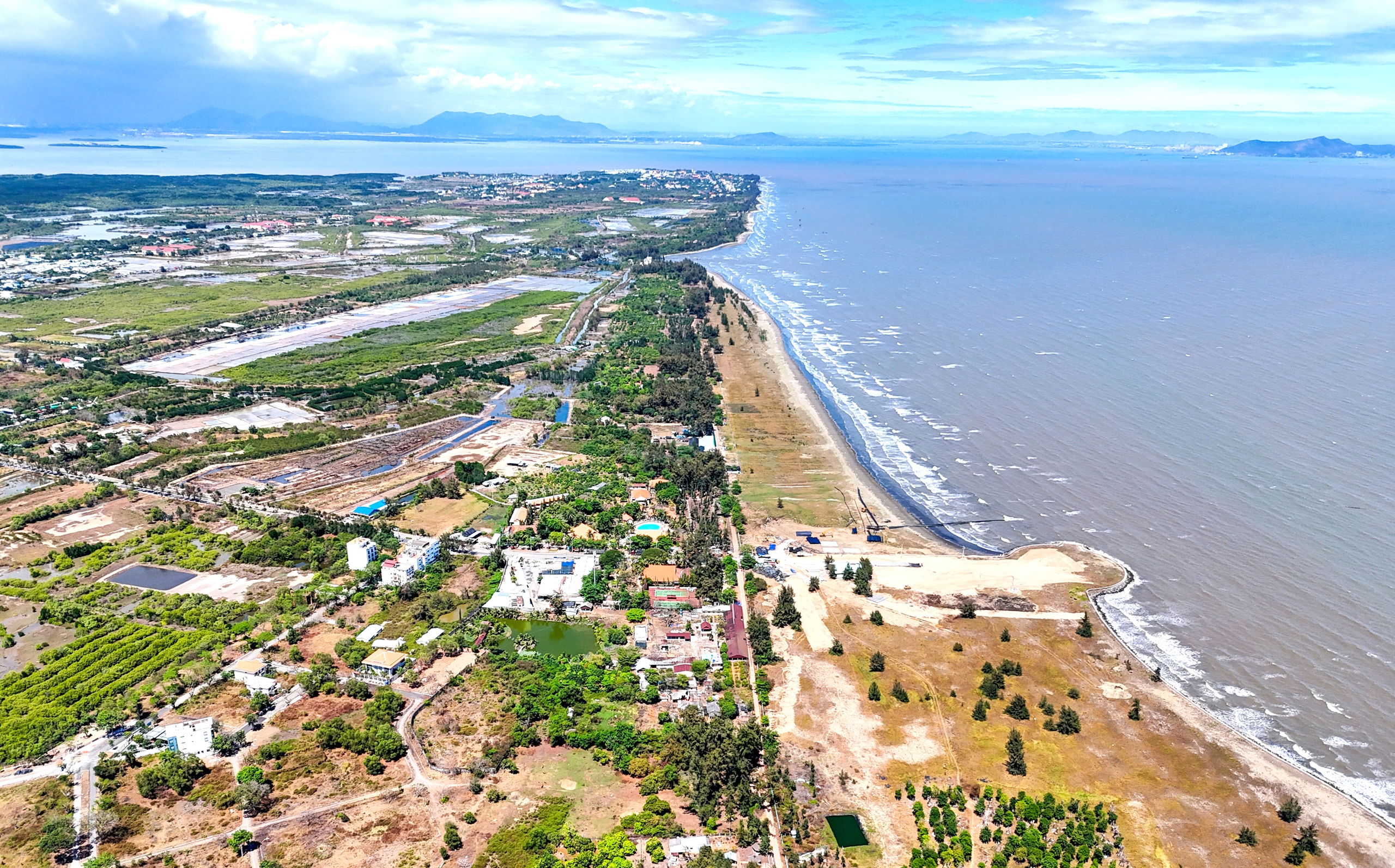

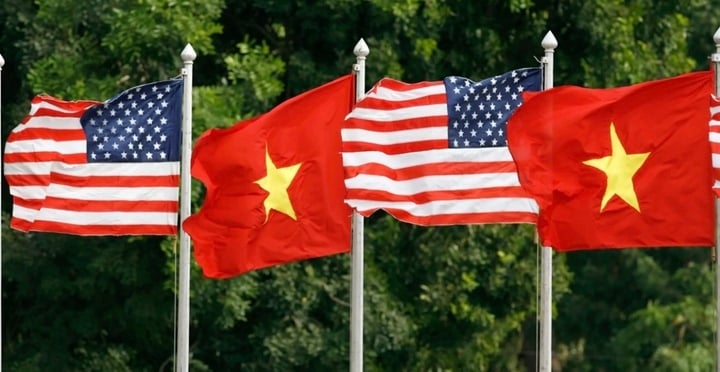
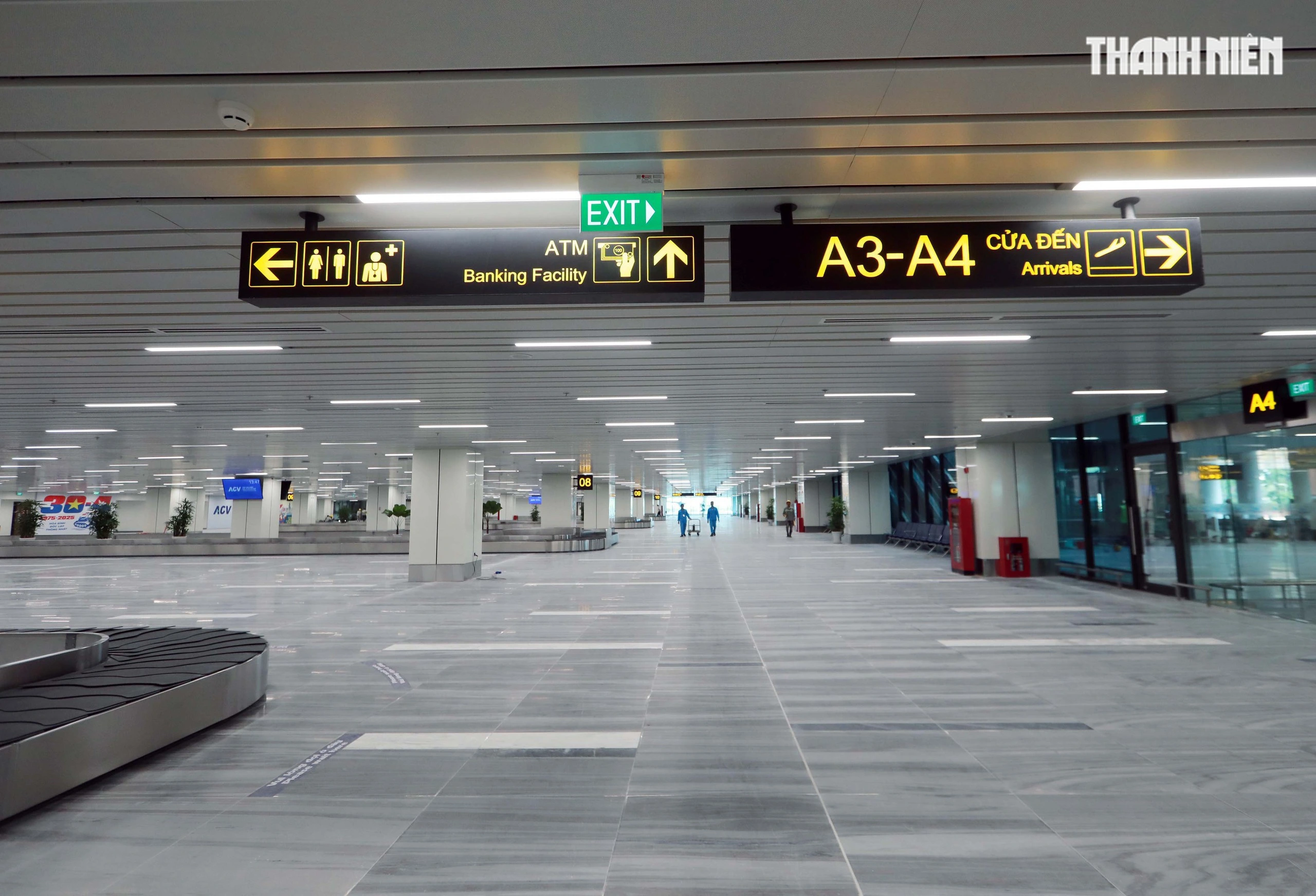
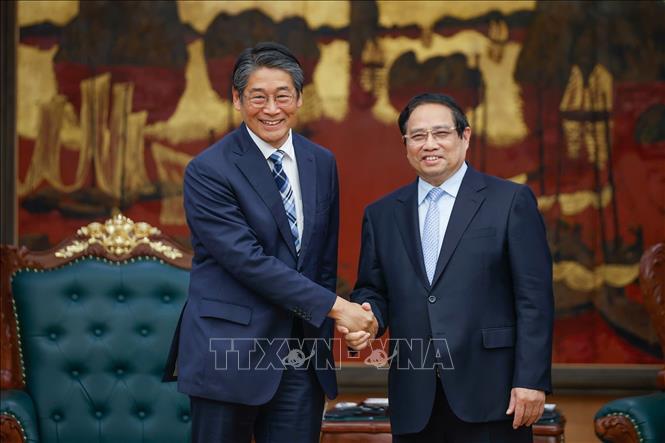
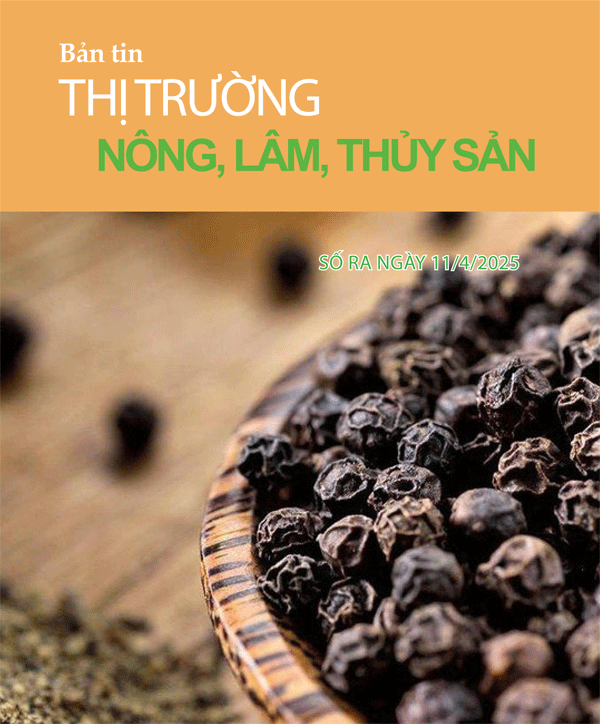

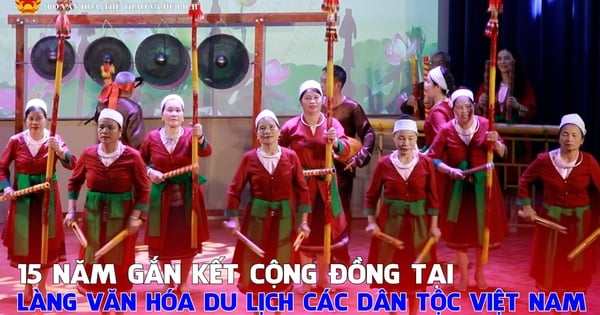

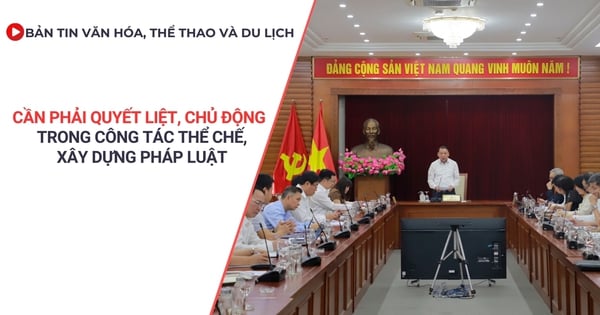
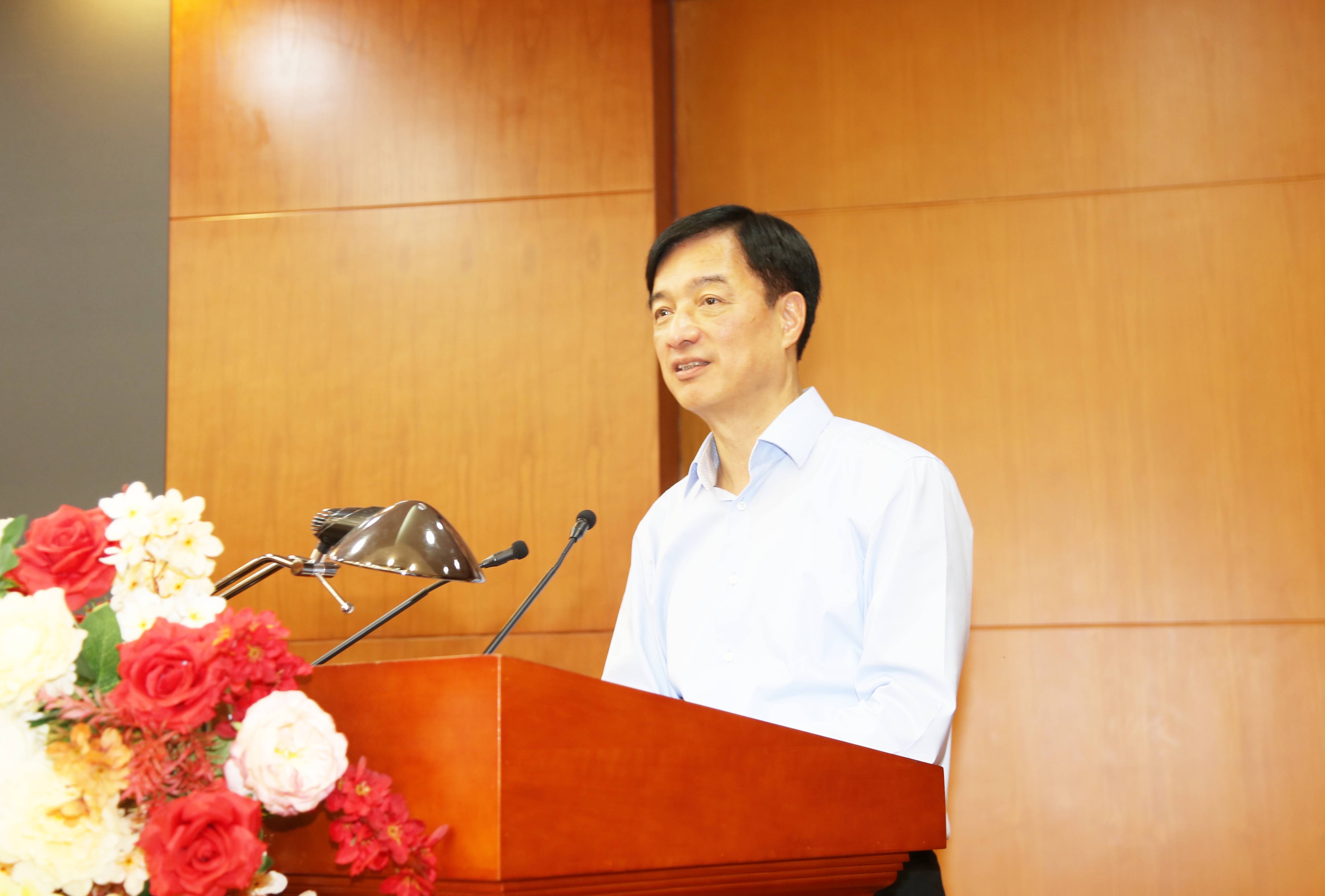

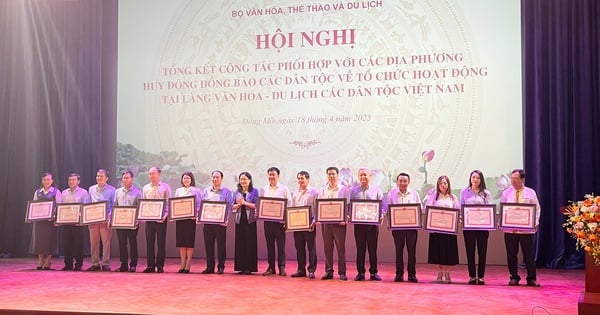



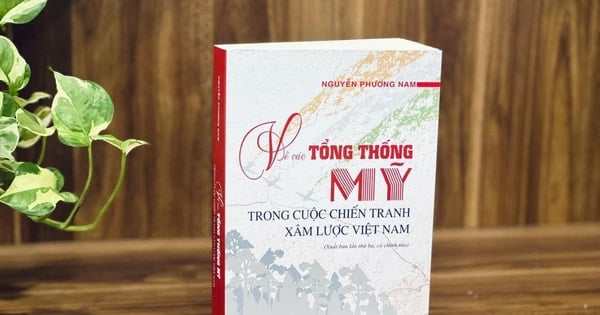




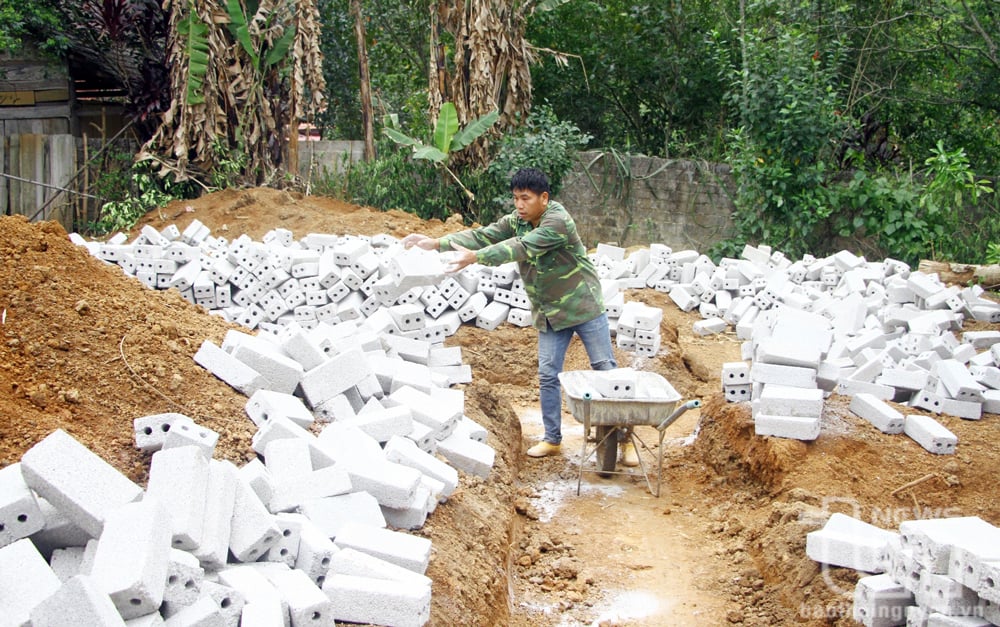

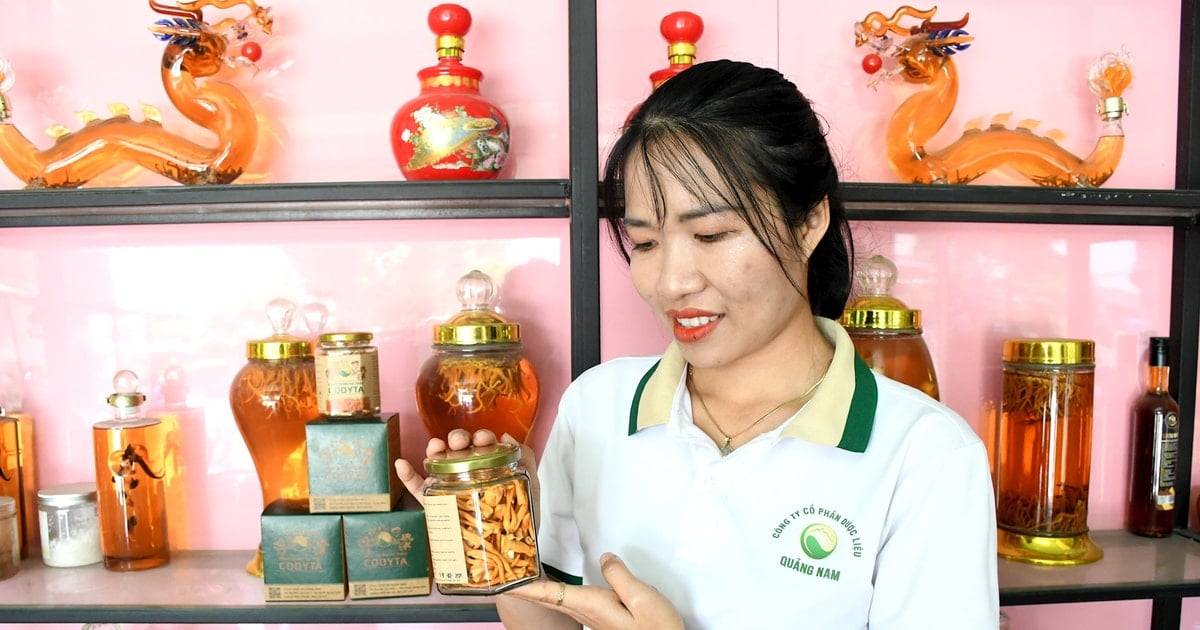

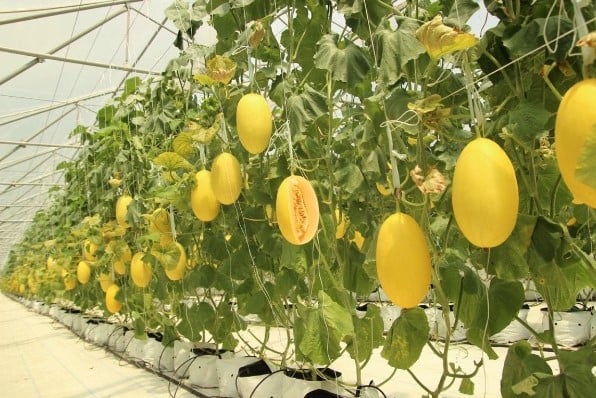
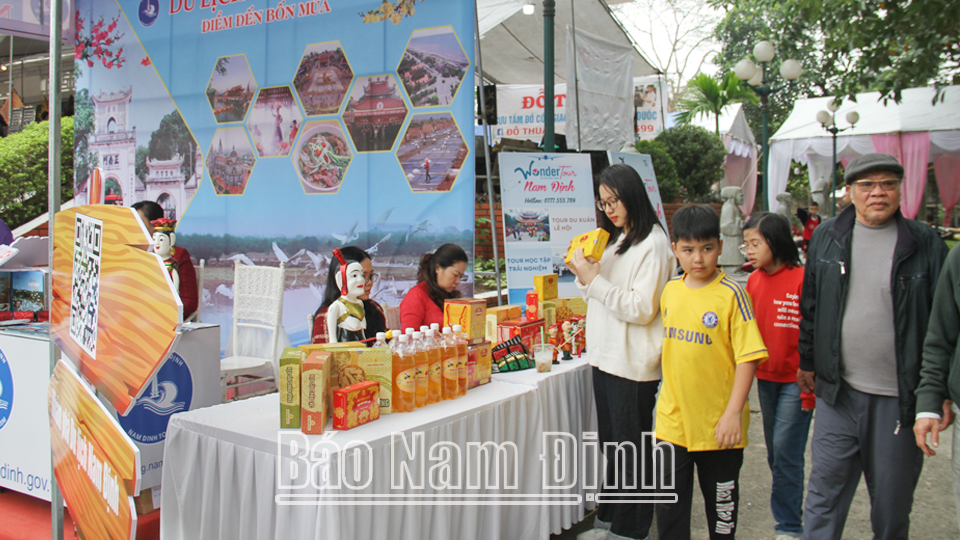

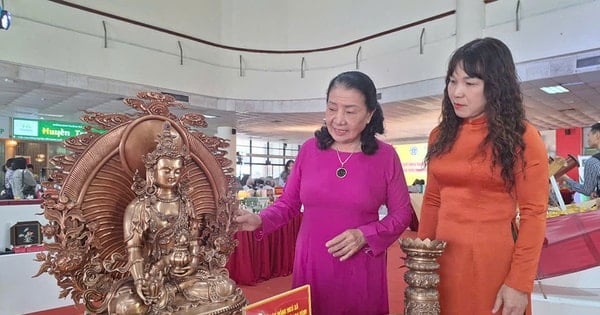
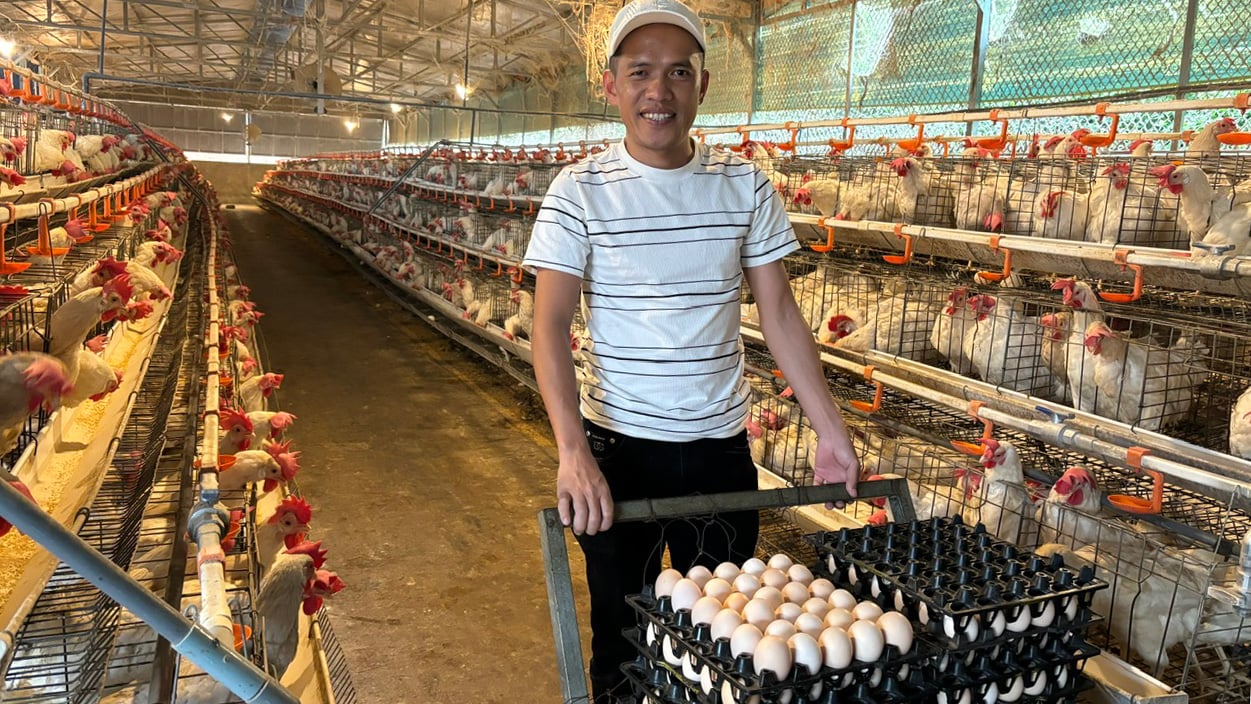

Comment (0)